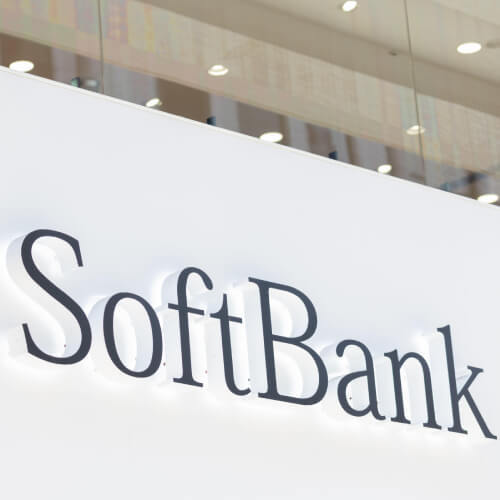
How did SoftBank Corp get a ticket to the hottest show in town? Companies around the world are lining up for Nvidia product. But earlier this week the sizzling hot graphics chip firm named the Japanese telco as its sole partner in building a platform on its new Grace Hopper chip for generative AI and 5G applications.
It may be because the two owner-founders, Masayoshi Son and Jensen Huang, bonded over the would-be sale of ARM that was scotched by regulators.
But it probably has more to do with the collaboration the two have built over the past four years.
Figure 1:  SoftBank's partnership with Nvidia can be traced to its early enthusiasm over GPU role in vRAN.
SoftBank's partnership with Nvidia can be traced to its early enthusiasm over GPU role in vRAN.
(Source: SOPA Images Limited/Alamy Stock Photo)
SoftBank was the first telco willing to embrace Nvidia's GPUs for mobile edge and vRAN. The pair opened an AI-on-5G lab in Tokyo in late 2021 to test out vRAN and mobile edge integration.
Ryuji Wakikawa, head of SoftBank's Research Institute of Advanced Technology, says a key starting point was that some 5G distributed unit (DU) processing for vRAN can be quite heavy. To cope with this, operators are using field programmable gate array (FPGA) or application-specific integrated circuit (ASIC) accelerators running on commercial off-the-shelf (COTS) servers. But this brings another problem, because those servers are just running vRAN.
"The COTS server is supposed to be multi-purpose. But the accelerator is just for vRAN only," Wakikawa says. This defeats a prime purpose of virtualizing a network, which is getting away from the silos and rigidity of proprietary systems.
GPU is for multi-use
"One of the interesting things about GPU is it is for multi-use. We can run vRAN on a GPU server, and this GPU server can be used for AI software and other applications," he notes. "But if we have a dedicated vRAN server, this server is only for vRAN," Wakikawa adds.
Wakikawa stresses he's not suggesting that the CPU-based accelerators are outperforming the GPU or the GPU is outperforming the accelerators. Rather, it's all about how to write the software and leverage these accelerators or GPUs.
SoftBank likes Nvidia's Aerial platform, which Wakikawa describes as "kind of like middleware and SDK" for 5G radio.
"They're trying to invest [in] this radio-like support on the GPU. That's one of the reasons we had the AI on 5G Lab. Nobody was using the GPU for the basestations. So we are kind of leading and closely working with Nvidia."
He says Mavenir has been the first vendor to develop a GPU-based vRAN product.
"It does work, but we also found several issues. That's what we are solving with vendors and Nvidia."
The partners were also working on how to run other applications on the GPU server, he said.
Related posts:
— Robert Clark, contributing editor, special to Light Reading
Read more about:
AsiaAbout the Author(s)
You May Also Like










